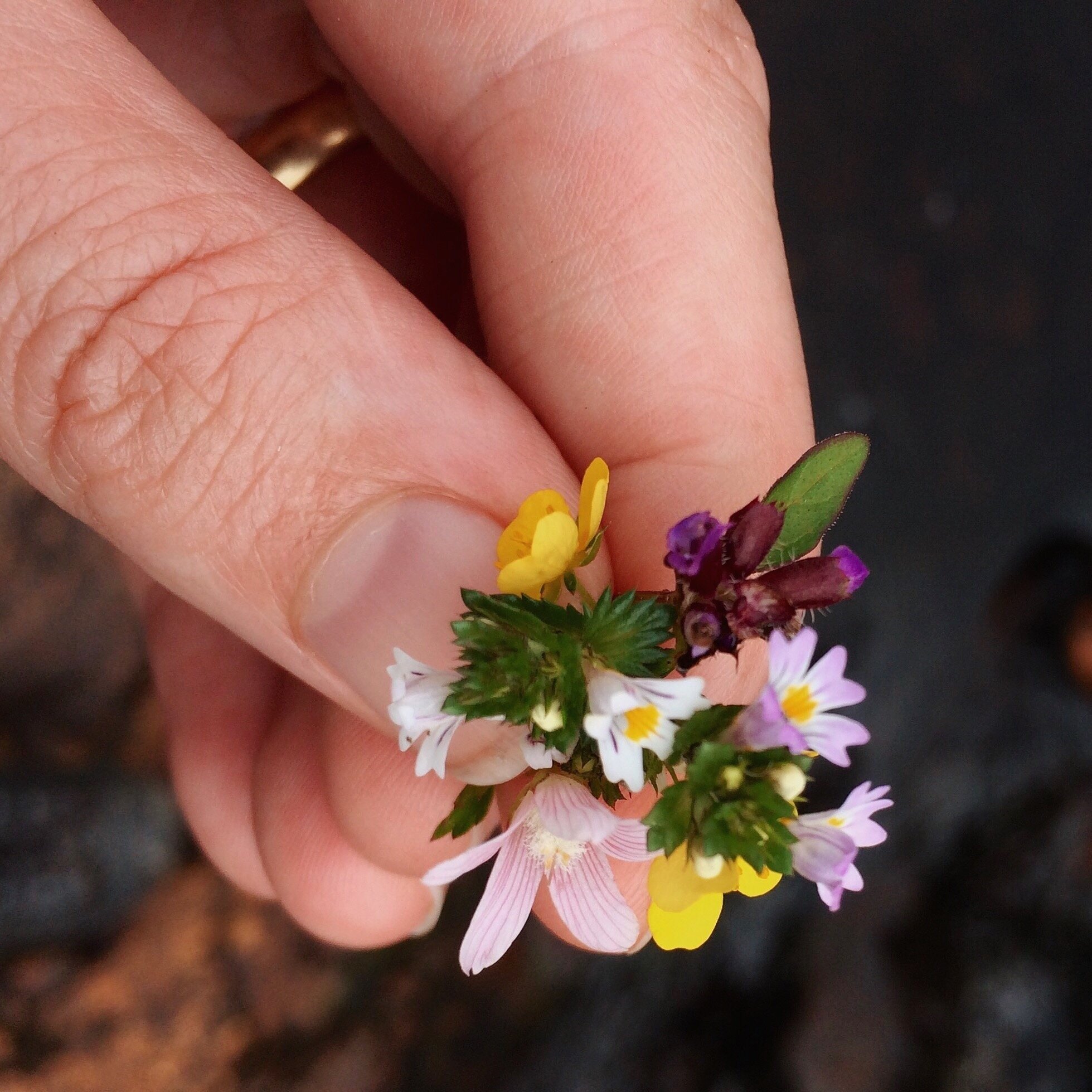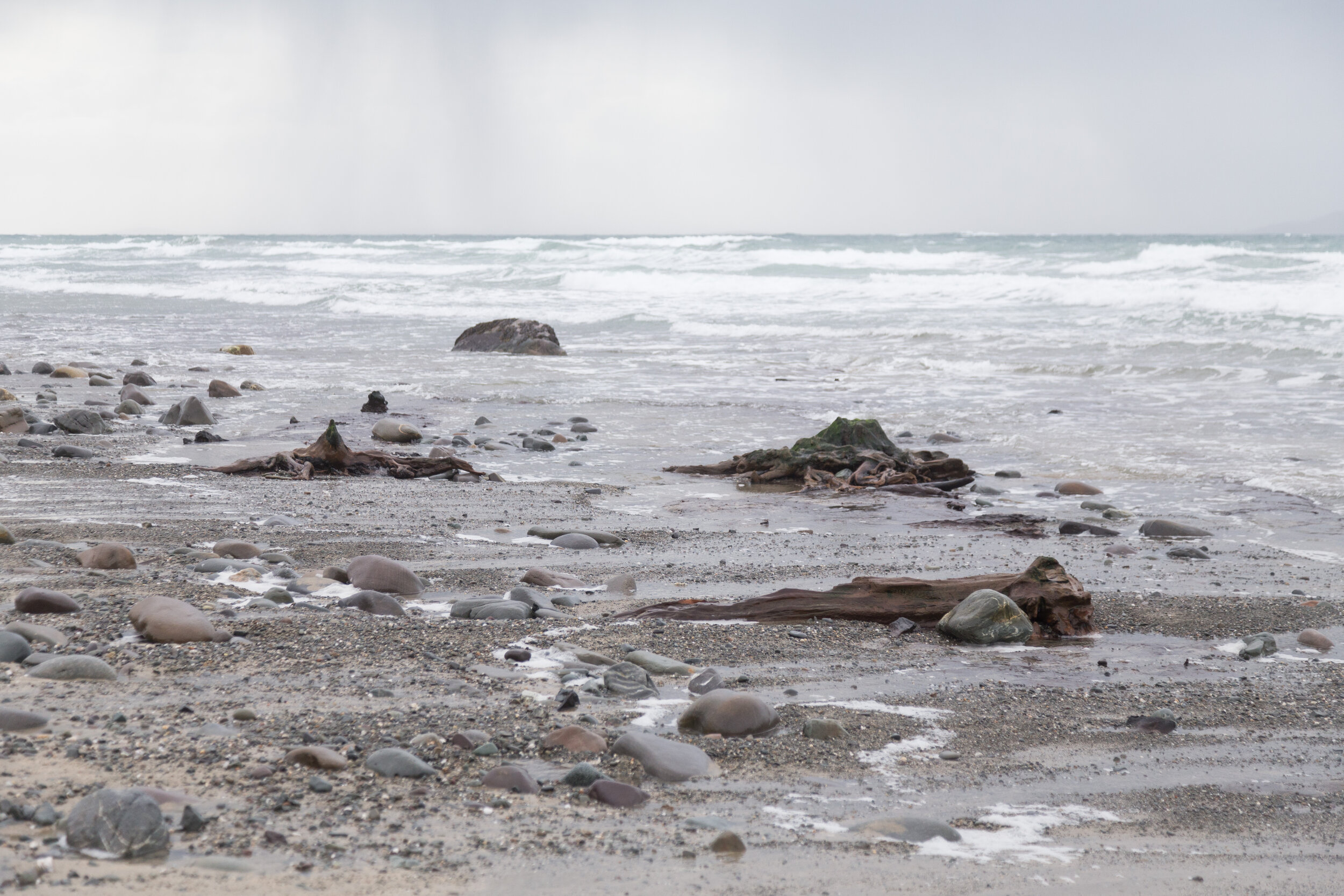Summer Rituals : 10 simple ways to spend time together in nature.
“We shall not cease from exploration, and the end of all of our exploring will be to arrive where we started and to know the place for the very first time”.
T.S. Eliot, Little Gidding
As this strange summer rolls on, many of us are spending more and more time outdoors and closer to home. And so we thought we would share our favourite simple ways to spend time in nature.
Each of the ideas below is child friendly, costs little to no money, and requires little or no specialist equipment or cumbersome roof racks.
These are very simple ideas, suited to cross-generational time with older and younger family members. Gift yourself the time to connect and engage with the natural world in a more immersive and attentive way, alone or together.
Go Wildflower Hunting
Allow yourself some quiet time, put your phone away and take a slow walk along a country lane or hedgerow and gather one example of each flower you find. Though there are lots of really great plant and flower identification apps we really recommend buying or borrowing a small pocket wildflower guide book instead. If you have a magnifying glass, bring it along too. Young children really enjoy “inspecting” flowers up close. Once you have collected your posey of flowers see (with the help of your guide book) how many flowers you can identify.
Here in the west/north west of Ireland we are lucky to have magnificent coastal meadows of tiny wild flowers known as “the machair”. These special habitats are home to some tiny flowers. Get down on your hands and knees for a closer look.
Read our Guide to Machair Grasslands
Note: Before picking wildflowers familiarise yourself with giant hogweed and do not pick it. Giant hogweed is common in hedgerows and the plant sap can cause severe burns on human and animal skin.
2. Spend an evening colour watching
When you study the art of painting you learn about colour. Maybe you in school you studied the colour wheel, learning about complementary colours, secondary colours and tertiary colours. For many years I thought this was when I first ‘learned’ about colour. Yet all of my childhood I had watched the spectacular show of colour and light that is the sun setting on the west coast of Ireland. Recently I realised that I’ve really been ‘learning’ about colour every day of my life.
Try spend an evening colour watching.
Pick a sheltered westerly facing beach.
Pick an evening when there is scattered cloud cover, not too overcast.
Bring a flask, a warm jumper and a warm drink to sit on.
Arrive about 40 minutes before the ‘scheduled’ sunset time.
Sit and watch the world around you as the sun sets. Don’t just look out to sea towards the sun. Take note also of how the changing light affects the colours of the world around you. Once the sun drops below the horizon the real magic begins... Now begins the magic of dusk or what is referred to as the “blue hour”.
Sip your warm drink as you watch the light show unfold.
3. Go Rockpooling and Seaweed Gathering
Ireland’s exposed, jagged, Atlantic coast creates a habitat teeming with life. Just below the rockpools and tidal banks that pockmark our shores, lie colourful mops of seaweed. Pull-on your wellies and wade through the shining caramels of oarweed, the golden yellow of channelled wrack, deep olives and ochres of sugar kelp and sea spaghetti, the acid greens of sea lettuce, the purples of pepper dulse and nori and the rich burgundy of dillisk.
While Spring is the very best time to forage for seaweed the milder days of summer are a great time to familiarise yourself with the best foraging spots.
Forget about learning everything. This is not an exam. Learn to positively identify a few seaweeds to start and over time add to your bank of knowledge.… Here are five of our favourite seaweeds for those just beginning their seaweed foraging journey
Read our Seaweed Foraging Guide here.
4. Go Lichen Spotting
Walk along a footpath, an exposed rocky coast, or in woodlands, and see how many different types of lichens you can spot.
Lichens are those oddly beautiful, colourful, splotches you see everywhere ... once you start looking for them. Hiding in plain sight, you will find them spread like blistering paint on tree bark and splashed like ink across rocks and walls.
Our inherited inclination is to study nature through tidy systems of classification. But, again and again, studies find that lichens defy classifications and our instincts to shoehorn species into fixed buckets.
That said, for the beginner (like us), it is helpful to know that lichens generally fall into three main groupings... fruticose lichens (looks like a weird land-based seaweed); crustose lichens (circular paint-like splatters) and foliose lichens (can look like blistering and peeling paint).
Lichens represent toughness, new beginnings and teamwork in nature. Best of all, they break the rules of our understanding of living organisms.
Here are five really interesting things about lichens to drop casually into conversation with your fellow “lichen spotters”.
5. Go Fishing
Fishing is the perfect vehicle for learning about nature, the weather, water safety and picnics. Enjoy being on the water, casting a line across the water, watching, waiting and being present in the moment. Remember … catching fish is a bonus, not your goal.
Long warm summer evenings are the time for sedge fishing into the twilight and beyond. Heavy, lazy midsummer signals to you that it is time to try for seatrout at the coast in your flip flops. Summer floods call you to mountain rivers after the grilse (summer salmon). And the almost indistinguishable turning of the countryside from green to a slightly burnt green means that the fishing season is almost over. Now there are just a few weeks left to fish everywhere you had dreamt and planned on fishing but haven’t gotten around to.
If you are just starting out and fishing with small children try to bring a small net to a lakeshore to catch (and release) tiny minnow in knee-deep water. Or, if you are heading to the coast, try fishing for mackerel at high tide from a pier on a warm summer evening.
Read about our fishing trip on Lough Mask here
6. Try Forest Bathing
Forest bathing is the practice of immersing yourself in nature in a mindful way, using your senses to derive a whole range of benefits for your health. It is also known as Shinrin-yoku. ‘Shinrin’ means forest and ‘Yoku’ stands for bathing.
The idea first emerged in Japan in the 1980’s as an antidote to the country’s tech industry burnout and also to inspire residents to reconnect with and protect their country’s forests. It proved to be a very effective tool to overcome the ill effects of a hectic life and stressful work environment.
Increasingly studies are proving what what many of us already know … time spent immersed in nature is good for us - for our mental and physical health and wellbeing.
Forest bathing can be as simple as walking in any wooded or forested environment and consciously trying to engage with what’s around you through your sense of sight, sound, touch, taste and smell. The concept at the heart of the practice is not new but sometimes formally giving a practice a name helps.
Read our short “Love Letter to the Beech Tree” here
7. Hike a Mountain Pass
Climbing mountains gets all the attention … you eye up a mountain and scale its summit. Hiking a mountain pass is a different frame of mind altogether … you journey through a mountain range, passing from one world, one valley into another.
Some years ago we walked the epic 'Western Way' passing up and over the Connemara Mauméan Pass and dropping down into the Inagh Valley. In this part of the world, where the poet John O'Donoghue lived in his later years, the mountains feel impossibly alive, drooping, folding and melting. Great hulks of granite emerge from a shroud of clouds and in a moment come alive with streaks and puddles of sunshine.
Read our photo essay on hiking through the Mauméan Pass here.
8. Mushroom Foraging
The mushroom foraging season runs from August to October and requires both rain and heat to bring out an abundance of fungi. The best time to head out is about two to three days after a heavy rain.
For amateurs, like us, mushroom foraging is a yet another thinly veiled excuse to spend a morning rummaging about amongst the leaves on the forest floor. Poking, investigating, ruminating and hypothesising, but with the permission and sense of purpose that us adults seem to need (You might be sensing a theme here).
In time, you begin to realise, the prize is not the wild mushrooms. The prize is the time you spend, together, looking for them.
Note: Mushroom foraging is a fun family activity but you need to be aware that some mushrooms are poisonous. It is really important to educate yourself properly before you begin any mushroom foraging adventure. If you’re interested in trying mushroom foraging for the first time we always recommend getting started with a knowledgeable local tour guide. They will be best placed to guide you through the do’s and don’ts of mushroom foraging in your region.
Read more about our reflections on a family mushroom foraging adventure here.
9. Explore watch the sea unveils at the peak of a low spring tide
A “spring tide” is a common historical term that has nothing to do with the season of spring. Rather, the term is derived from the concept of the tide "springing forth”. Spring tides occur twice each lunar month all year long without regard to the season. When the sun and the moon are in line with each other, they pull the ocean’s surface in the same direction. This causes higher high tides and lower low tides.
Spring tides occur during a new moon and a full moon.
If you head to beach about an hour before the lowest point of the spring tide all kinds of surprises await you. Though you may have visited this same beach many times before there is a possibility you have the chance to see the beach in an entirely new way. At this time the sea will have pulled right back to unveil secrets normally deep underwater.
Here in the west of Ireland, extreme low tides occasionally reveal the remnants of 5,000 year old drowned Atlantic forests.
Read more about the phenomenon of drowned Atlantic forests here
Also: This is our favourite tide planning app… https://www.imray.com/tides-planner-app/
10. Take a Swim in the Sea
No explanation needed. You never a regret a swim in the icy crashing waves of the sea.


















